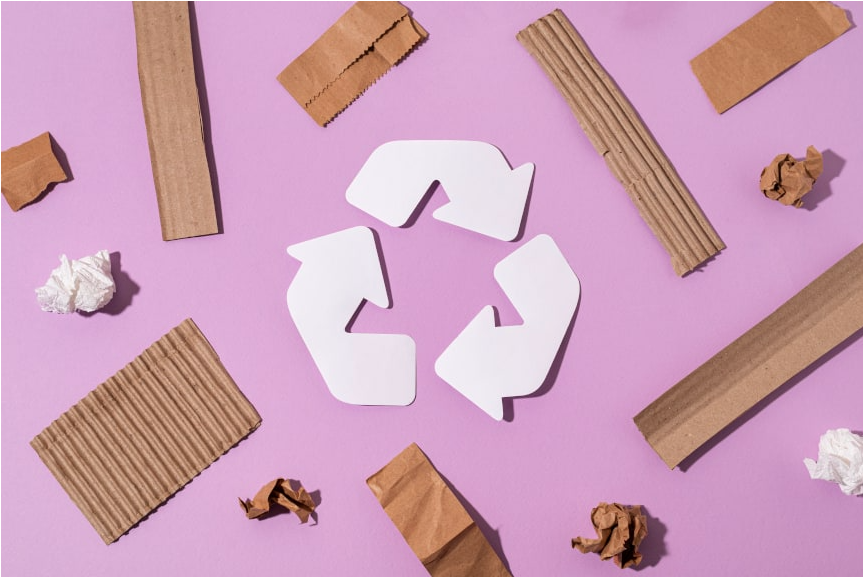Printing is a key part of learning in schools. Students use printed materials for textbooks, assignments, posters, and event flyers. As schools adopt more technology, thinking about what happens after using printers is essential. Good post-printing practices can reduce waste and use resources more efficiently.
This blog outlines best practices for managing printed materials in schools. It includes ideas for encouraging responsible printing, recycling, managing print costs, and using print for education.
Promoting Responsible Printing
One of the first steps after printing is to promote responsible printing among students and staff. Here are some strategies to consider:
Set Printing Limits: Set rules to reduce unnecessary printing. Ask for digital draft submissions and encourage students to review their documents before printing. Schools can save money by using RISO printers to produce only necessary materials in high-quality batches.
Educate on Print Costs: Teach students about printing costs such as paper, ink, and energy. Understanding the impact of excessive printing can help them make smarter choices. RISO printers are energy-efficient and can lower costs while reducing the carbon footprint.
Use Print Tracking: Use software to track printing usage, helping schools identify areas for improvement and encouraging mindful printing. RISO’s technology can monitor bulk jobs to reduce waste and optimise resources.
Effective Use of Printed Materials
When printing is necessary, it is crucial to ensure that printed materials are used effectively:
Focus on Quality: Aim to create clear, high-quality documents rather than printing unnecessary materials.
Make Reusable Resources: Design materials that can be used multiple times, like laminated worksheets. This reduces the need for reprints and is better for the environment.
Recycle Properly: Set clear recycling rules for printed materials you no longer need. Encourage students to recycle and explain why it matters.
Shredding and Recycling Printed Materials
Shredding and recycling paper in schools is essential after printing. Schools should provide dedicated recycling bins to encourage sustainability instead of discarding old worksheets, flyers, or test papers. Shredding helps break down large stacks of paper, making it easier to recycle and reducing waste. This practice also teaches students the importance of eco-friendly habits.
Managing Print Costs with RISO
RISO printers are built for high-volume printing and help keep costs low. Schools can use RISO printers for large print jobs, like class materials and event promotions, without spending too much. They can also track and change their printing habits with print management software, ensuring they get the best value from their printing investment.
Improving Printing for Sustainability
As education changes, schools must adopt sustainable printing practices. They can reduce their impact on the environment by:
- Energy-efficient printers, like RISO, can be used to save power.
- Printing on recycled paper and using eco-friendly ink.
- Monitoring print usage and costs to avoid waste.
Incorporating sustainable printing practices into daily school routines helps save resources and teaches students about sustainability. Using RISO printing and other eco-friendly methods allows schools to support the environment while enhancing their educational programs.
RISO printers are a cost-effective and energy-efficient choice for schools. It produces high-quality prints with very little waste. Contact us today to find out more and choose the right RISO printer for your school.
Comments:
No comments!
